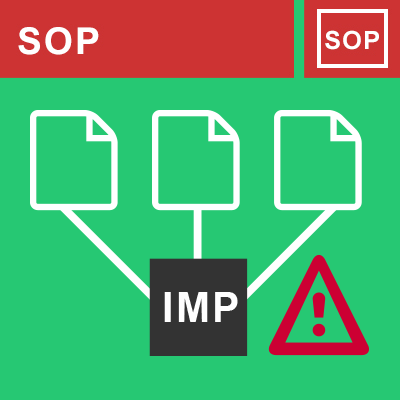FDA inspectors recently raised concerns over the conduct of multiple trials with the same investigational medicinal product (IMP) under the oversight of the same investigator.
A warning letter was issued to one such investigator, as the FDA observed delays in providing rescue medication to the subjects thereby potentially jeopardizing their safety. One of the explanations provided by the investigator was that he had confused the protocol requirements for providing rescue medication which resulted in delay in taking the action at the right time. http://www.fda.gov/ICECI/EnforcementActions/WarningLetters/2014/ucm406852.htm
Non-adherence to the protocol specified safety guidelines including stopping/discontinuation rules was also one of the common observations made during ADAMAS investigator site audits regardless of the number of similar trials run by the investigator. Several reasons were noted resulting in this issue such as:
• Baseline laboratory reports may not be reviewed by the investigator at every subsequent visit to compare the readings against the baseline
• The laboratory reports were not reviewed by the investigator within reasonable time frames
• The investigator chose not to intervene based on own clinical judgement
• The investigator repeated the test at the local laboratory and took decisions based on the local laboratory results when central laboratory data had been stipulated by the protocol
• The action indicated by the investigator on the laboratory report was not followed by the study coordinators
• Multiple protocol amendments during the study conduct adding to confusion
There is high risk involved in non-compliance to the protocol stipulated safety guideline. The investigator needs to take measures to avoid such non-compliance, for example:
• Document the process to ensure that the laboratory reports are reviewed by the investigator as soon as received and appropriate action taken
• Site to develop a tool to compare the out-of-range laboratory values against the baseline levels for the protocol specific parameters
• The investigator’s judgement and the action taken should be clearly documented in the source records
In addition, the sponsors can put in place further safeguards particularly when a central laboratory is used for the study. There should be provision to issue alerts to the sites and sponsors for the protocol specified limits of the out-of-range values as compared to the baseline. In case of stopping or discontinuation rules to be applied, a telephone alert to the investigator in addition to the high alert fax/ email should be included in the process. The monitor may be copied on these alerts who in turn can check with the investigator and ensure that the required action is taken.
With appropriate safeguards in place, investigators and sponsors can mitigate these risks and ensure subjects’ safety at all times during the study even when multiple protocols involving the same IMP are being followed.

